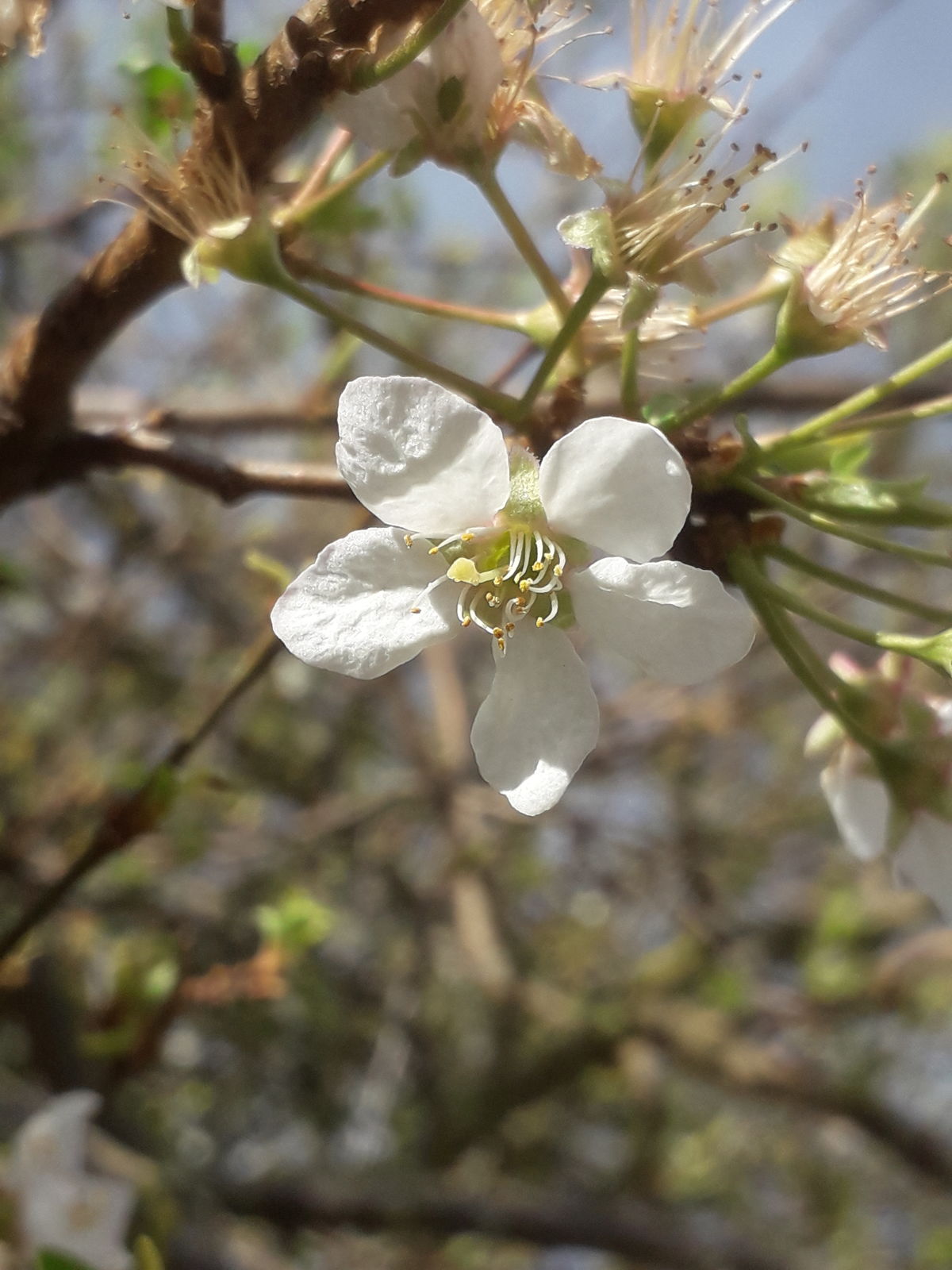Family: Rosaceae
Author: Lindl.
Bibliography: “Trans. Hort. Soc. London 7:239. 1828 (“”1830″”)”
Year: 1830
Status: accepted
Rank: species
Genus: Prunus
Vegetable: False
Observations: S. Russian Far East to China and N. Vietnam, Taiwan
Description
The Plum, scientifically known as Prunus salicina, is a member of the Rosaceae family. This species of fruit-bearing tree is notable for its wide geographical distribution, being natively found in regions extending from the southern Russian Far East to China, including northern Vietnam and Taiwan. The plant was meticulously described by the renowned botanist Lindl., in a documented work published in 1828 and later included in the Transactions of the Horticultural Society of London in 1830.
Prunus salicina is prized for its luscious fruits that are commonly enjoyed fresh, but they can also be used in a variety of culinary applications such as jams, jellies, and desserts. The fruits are not only a delectable treat but also a good source of vitamins and minerals, which add to their nutritional value.
In terms of cultivation, the Plum tree thrives in well-drained soils and sunny locales. Its adaptability to different environmental conditions has enabled it to flourish in diverse climates, making it a versatile plant for growers. Its blossoms are sensitive to late frosts, requiring careful timing of planting and nurturing practices to ensure a bountiful harvest.
The tree also holds ornamental value with its beautiful spring blossoms, which range in color from white to pink, attracting pollinators such as bees and butterflies. This not only aids in fruit production but also enhances biodiversity within the region it is cultivated.
In summary, Prunus salicina, known commonly as the Plum, is a notable species within the Rosaceae family. Its origin spans from the Russian Far East to regions in China, northern Vietnam, and Taiwan. First documented by Lindl., this fruit-bearing tree is celebrated for its delicious and nutritious fruit, adaptability to various environments, and ornamental beauty, making it a valuable addition to both agricultural and horticultural endeavors.
Common Names
Eng: japanese plum, plum, willow-leaf cherry, asian plum
Por: ameixa, ameixa-japonesa
Swe: japanskt plommon
En: Plum, Willow-leaf cherry, Japanese plum, Chinese plum, Asian Plum, Su-momo
Bg: Китайска слива
Zh: Li, 中國李
Cs: Slivoň vrbová
Nl: Japanse pruim, Perzikpruim
Fi: Japaninluumu
De: Chinesische Pflaume
Ko: 자두
Fa: آلوی ژاپنی
Pt: Ameixa, Ameixa-japonesa
Ru: Слива китайская
Es: Ciruelo
Sv: Japanskt plommon
Zh-tw: 中國李
Tr: Japon eriği
Uk: Слива китайська
Vi: Mận
Synonyms
- Cerasus salicina ((Lindl.) Loudon)
- Prunus salicina var. typica (Nakai)
Distribution
- China North-Central (native)
- China South-Central (native)
- China Southeast (native)
- Khabarovsk (native)
- Manchuria (native)
- Primorye (native)
- Taiwan (native)
- Vietnam (native)
- Japan (introduced)
- Korea (introduced)
- New South Wales (introduced)
- Tadzhikistan (introduced)
- Turkmenistan (introduced)
- Uzbekistan (introduced)
Additional Images
Bark
Taken Nov 13, 2022 by KP Laer (cc-by-sa)
Leaf
Taken Nov 13, 2022 by KP Laer (cc-by-sa)
Flower
Taken Mar 19, 2022 by Edite Vieira (cc-by-sa)
Taken Sep 21, 2020 by Santillán Alejandra (cc-by-sa)
Taken Mar 22, 2017 by Francesco Maschietto (cc-by-sa)

© copyright of the Board of Trustees of the Royal Botanic Gardens, Kew.

© copyright of the Board of Trustees of the Royal Botanic Gardens, Kew.

© copyright of the Board of Trustees of the Royal Botanic Gardens, Kew.
Sources
- WFO (No URL)
- IPNI (No URL)
- POWO (http://powo.science.kew.org/taxon/urn:lsid:ipni.org:names:730232-1)
- GBIF (https://www.gbif.org/species/3021120)
- PlantNet (https://identify.plantnet.org/species/the-plant-list/Prunus salicina Lindl.)





